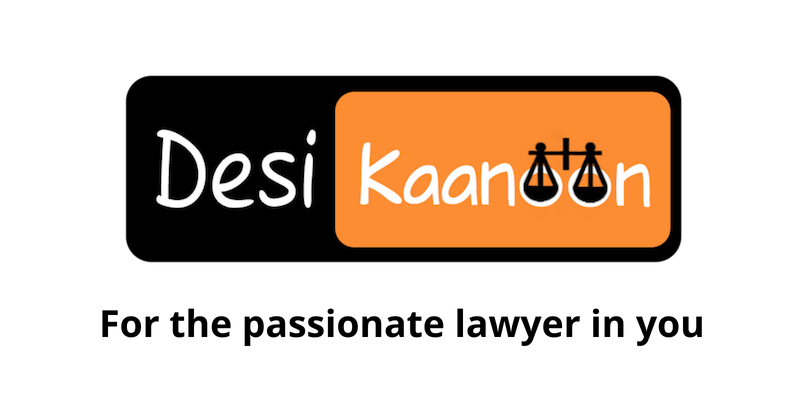Priyanshu Raj
The Common Law Admission Test (CLAT) 2022 was finally conducted on 19th June from 2-4 PM amidst nationwide protests against the Government’s new scheme ‘Agneepath’. The paper was conducted offline and students from all over the nation appeared seeking admission to the National Law Universities. The candidates who appeared in the examination found the difficulty level of the paper as easy as last year’s paper, but lengthy.
Let’s have a look at the detailed analysis of the paper.
Reading Comprehension
The English (Reading Comprehension) section consisted of 6 passages with 5 questions each, making up to 30 questions. The passages were diverse and based on different subject matters, such as Cryptocurrency, Skill of public speaking, Fossil fuels, Technology, Animal Rights and Hand Hygiene.
Further, the difficulty level of 4 passages in the section could be categorised as easy, 1 passage as moderate and 1 passage in the range of moderate to difficult. Despite comprising easy passages, the section was a lengthy one, which didn’t allow the candidates to go at full tilt in the section.
The candidates found the English section a bit difficult to solve owing to the paucity of time and the pressure during the examination. Moreover, the section consisted of 8-10 direct questions, balancing the length of the section, which makes the whole section fall in the difficulty range of “moderate”.
An average number of good attempts in the section could range from 26 to 28. Irrespective of the length and difficulty of the section, all the questions were pretty doable.
Current Affairs
The section consisted of 7 passages with 35 questions. Out of these, 4 passages were pretty easy to do, while 2 passages were based on recent issues and were on a tricker side. Covering the one-liners throughout the preparation would have helped in getting 2-3 questions correct even in the tougher ones. Except for 2 passages, which were purely fact-based, others were doable. The major source of the questions has been the newspaper, with the questions based on topics- SAGAR, CSR, SDG- Climate, SPACE, Budget: Covid-19, Russia-Ukraine and AFSPA.
The section has been, as usual, unpredictable but doable. With that being said, the section can be characterised as moderate to difficult. A good number of attempts, given a couple of flukes which are generally safe to make, can be somewhere around 26-30.
Legal Reasoning
The legal section was fairly easy to moderate, owing to its length. It contained 8 passages that had 40 questions in total based on varied subject matters of Fundamental Rights, Special Marriage Act, Mistake in Contract, Sustainable Development- Anthropocentrism and Eco-centrism, Monism and Dualism, Writ of Mandamus, Bigamy and Freedom of Religion.
This section wasn’t really surprising but it stood out in some ways-
First, out-of-the-box legal passages, such as the ones based on monism and dualism (relating to the interaction of international and municipal laws); anthropocentrism and ecocentrism; etc.
Second, although the questions were straightforward, asking the students to apply the provisions laid down in the passage, there were some questions that might deceive the students and asked them to apply some external knowledge (example- the passage on Bigamy). Hence, these passages could be categorised as a bit ‘tricky’. Average attempts in the section could fall between the range of 36-38 questions. Overall, however, the section was easy, apart from the length which must have taken quite some time.
Logical Reasoning
The Logical Reasoning section was the breather of the paper. The section had 30 questions with six passages. The passages were well within the word limit prescribed by the Consortium and were based on the Russia-Ukraine crisis, Duty to Laugh, POCSO, Aichi Targets, and an essay on why students join college. A couple of questions can be characterised as tricky but the overall difficulty of the section was easy and a good number of attempts would be between 28-30.
Quantitative Techniques (QT)
The section had 15 questions with three case lets. Following the previous year’s trend, the sets were based on Percentages and Ratios and Proportions. Although all three sets were fairly simple, one of them required slightly more calculation. Given that they were case lets, the time constraint which applicants must have faced and the QT section being the infamously most dreaded section of the paper, a good number of attempts would have been somewhere around 8-10 in the section and the overall difficulty would be easy to moderate with more on the easier side.
Overall, the paper could be characterised as of “moderate difficulty” with a good number of attempts being 135+.
It was fairly on the lines of CLAT 2021, General Knowledge obviously being the aberration. Apart from the General Knowledge section, the other sections provided a good opportunity for the students to score. Time management and performing well under pressure would have come in handy as skills to counter the challenges that the entire paper posed.
The author is the founder of Flames Law Academy.

